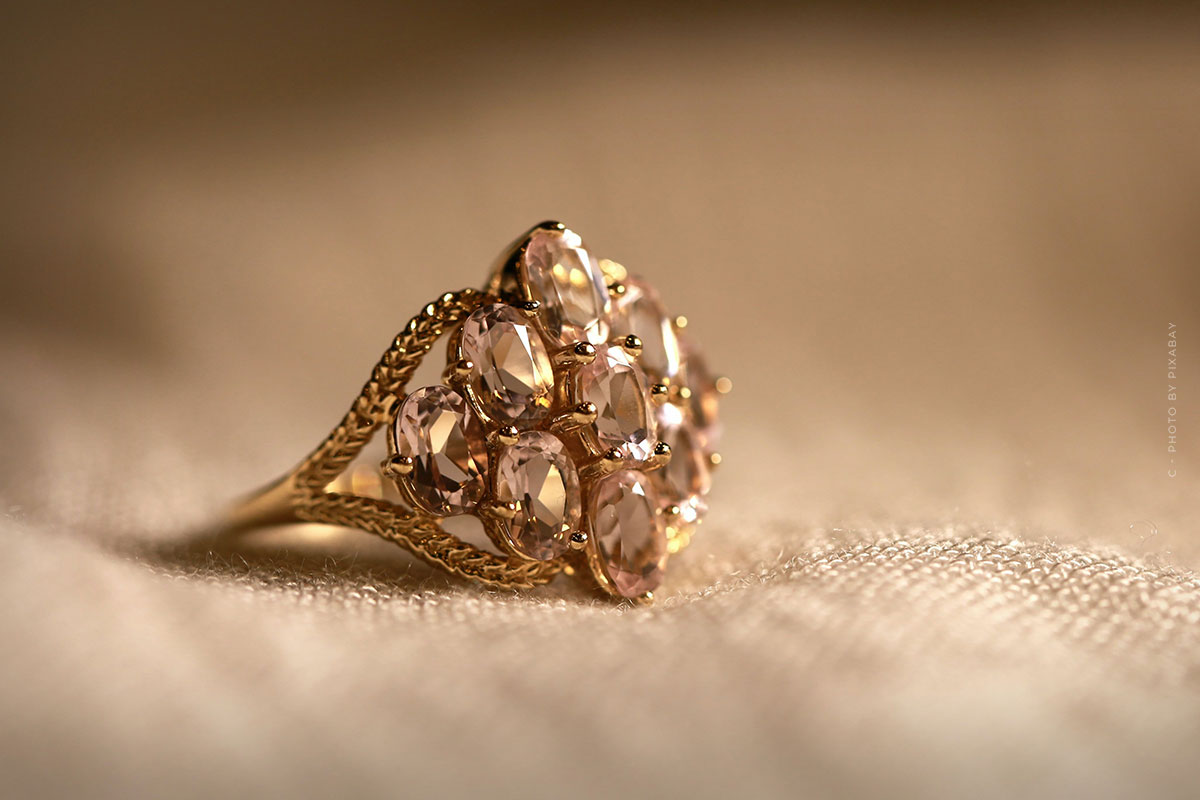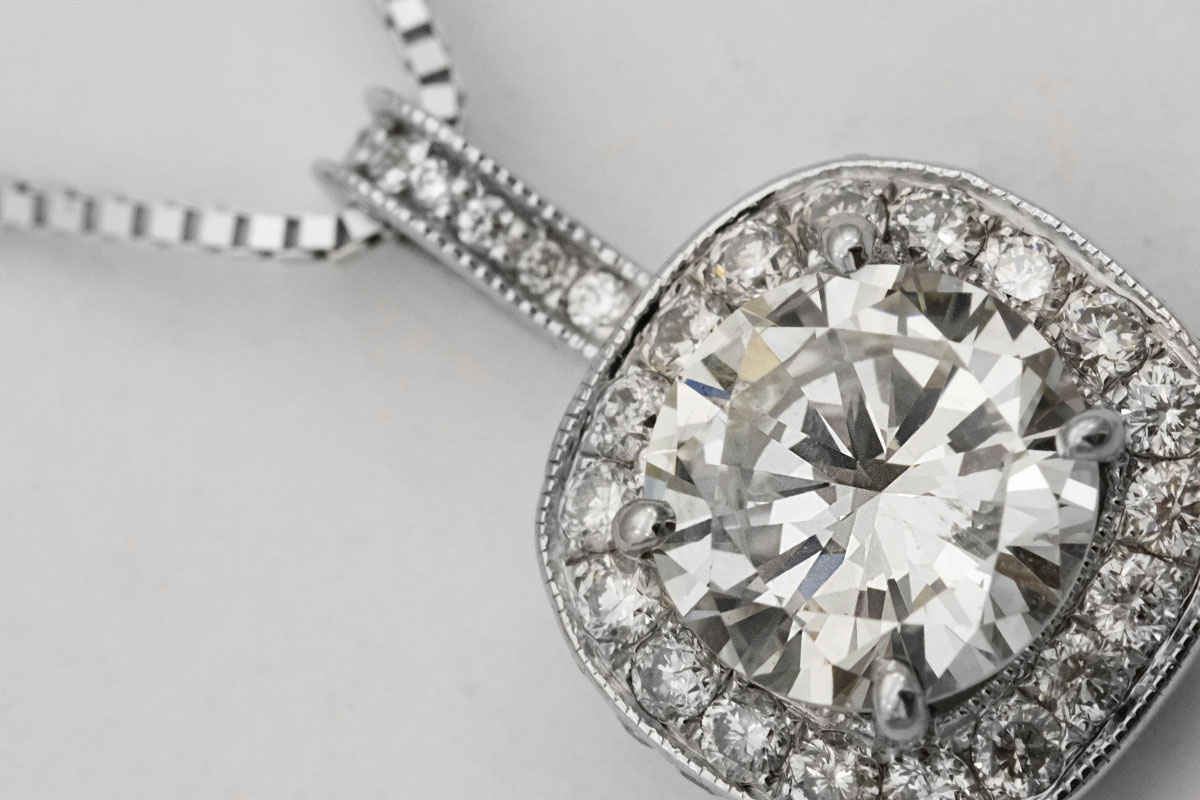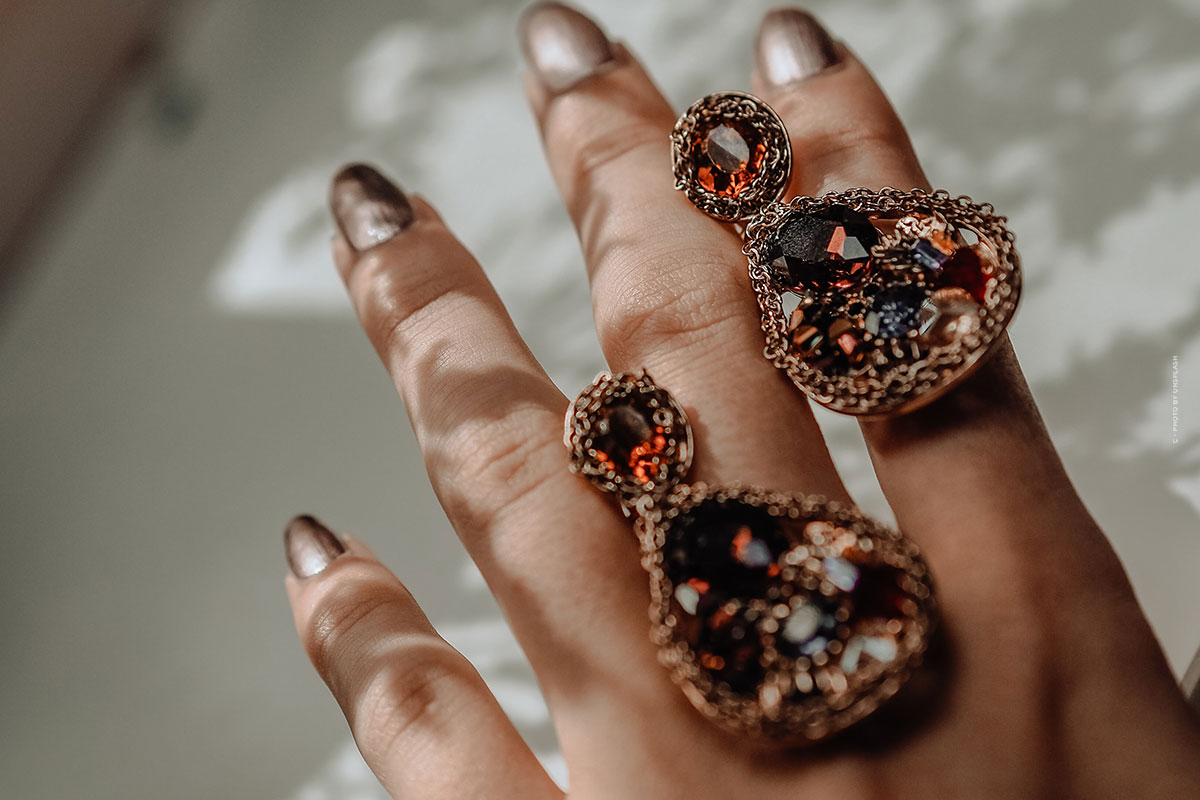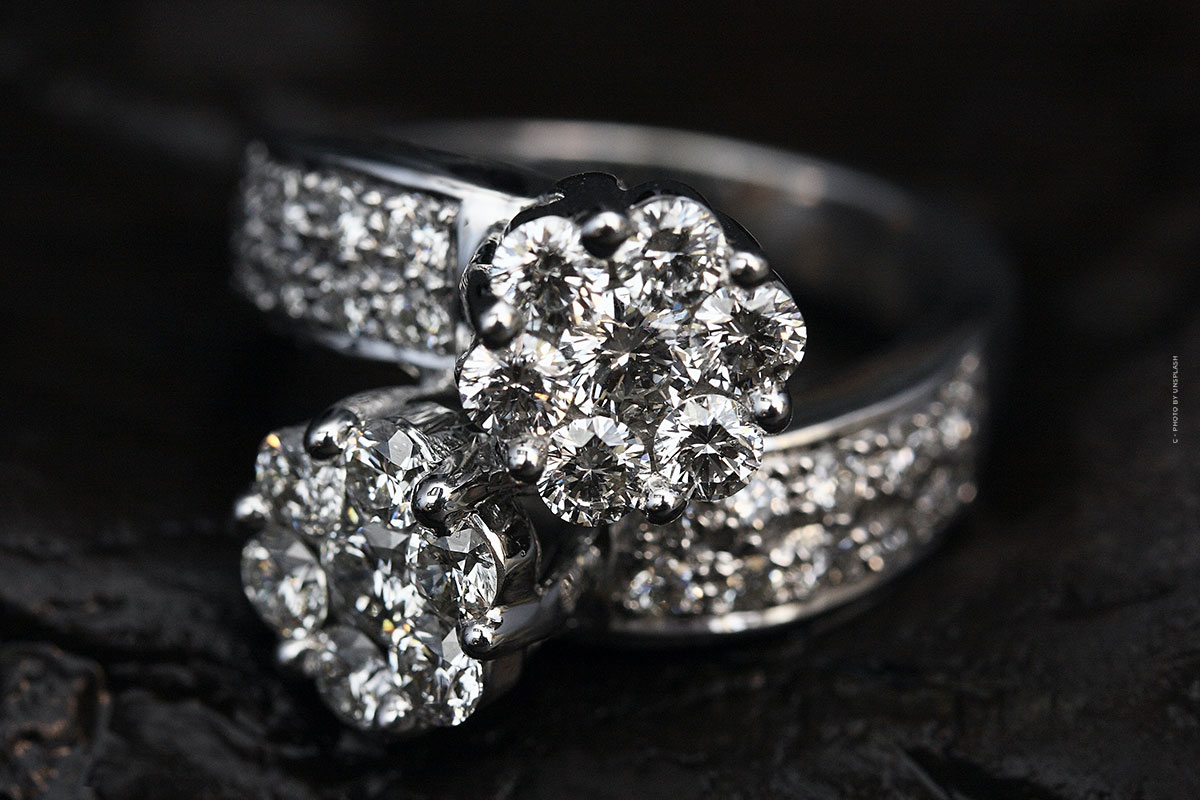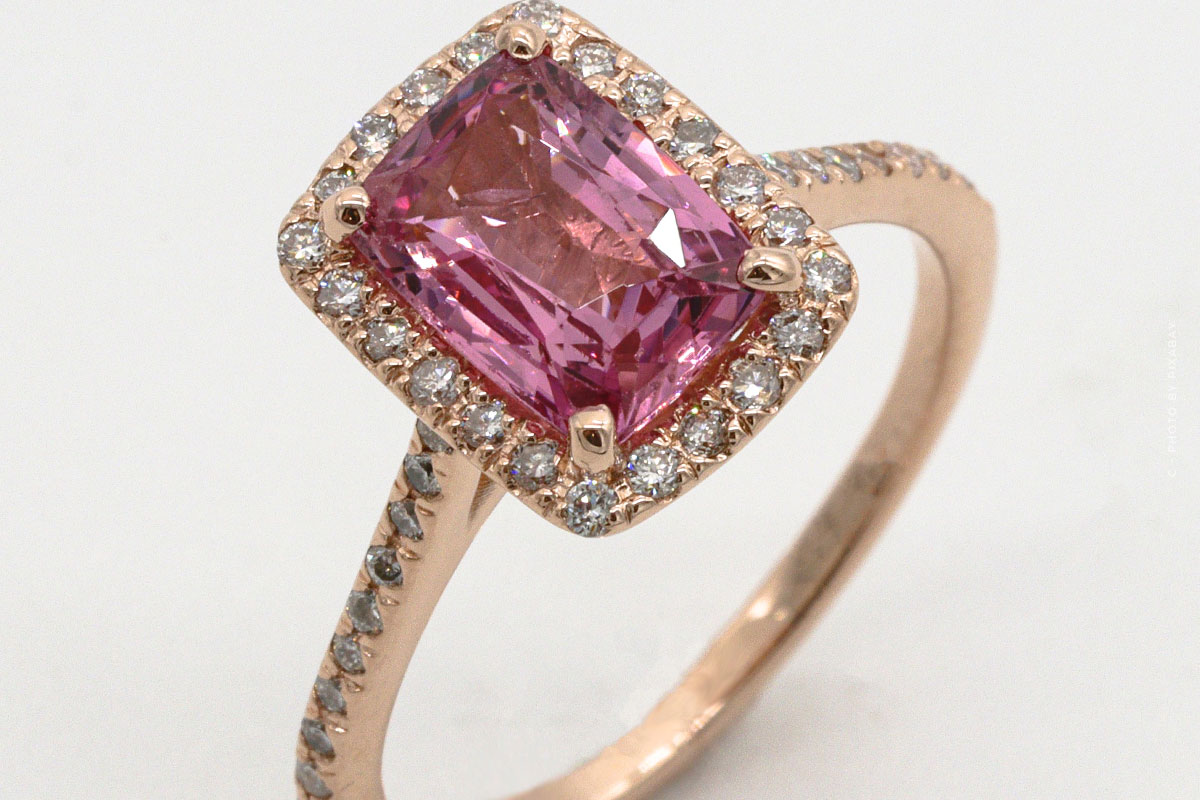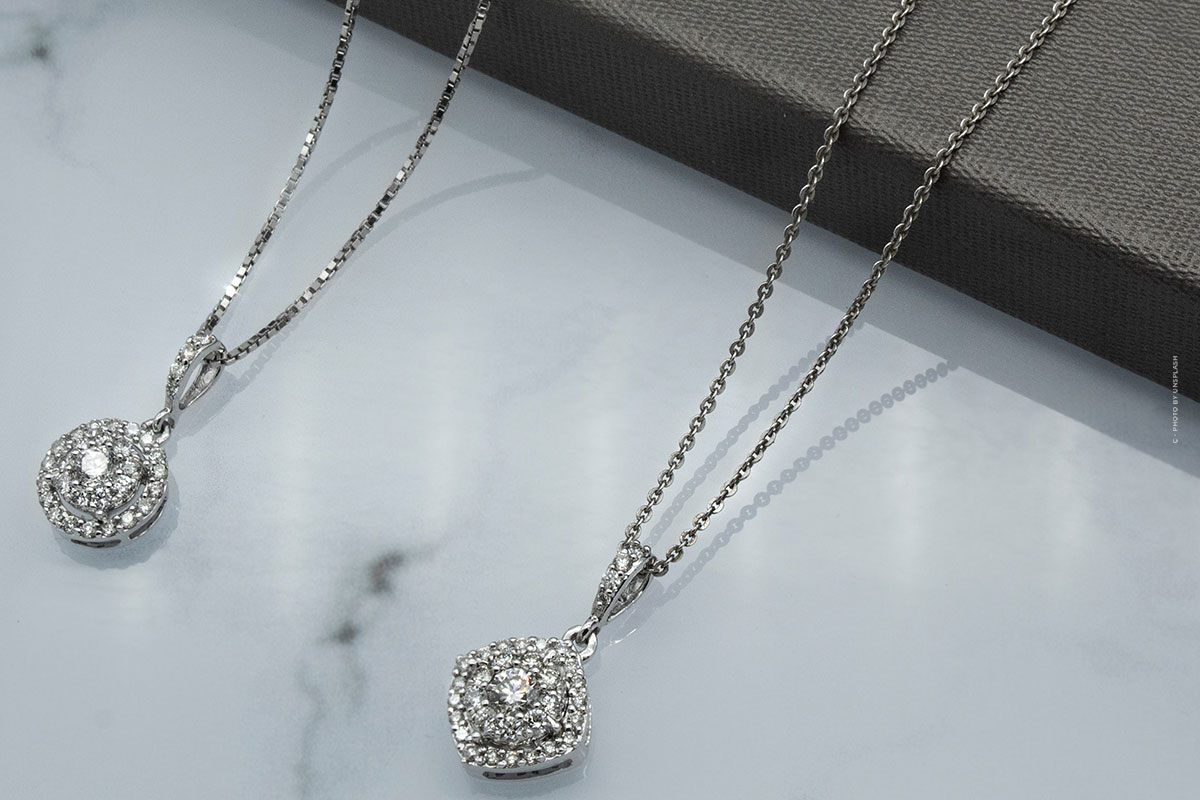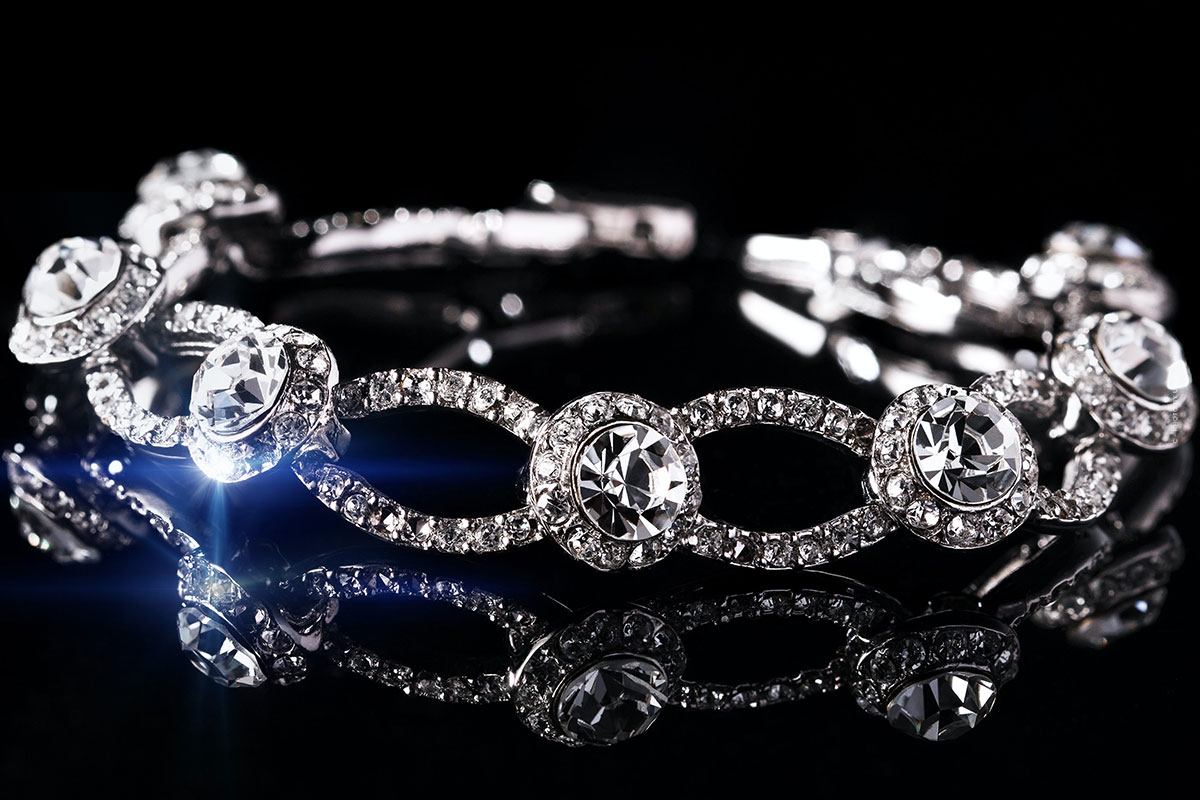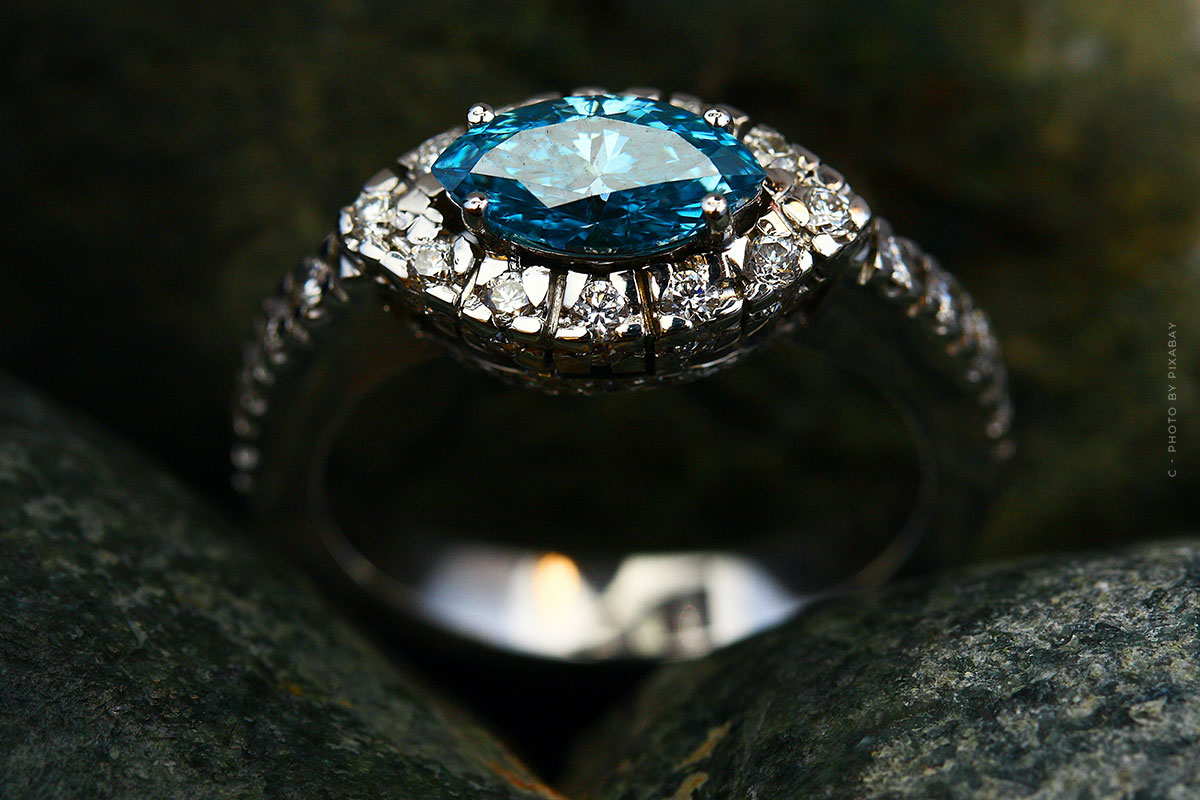Buy Citrine: Value, Price, Origin & Jewellery – Investment Gemstone
Buy Citrine – Citrine is the yellow to red-orange variety of crystalline quartz. Clever marketing and the rise of the “earth tone” fad have made this durable and readily available gemstone a popular jewelry stone in recent years. Citrine got its name because of its color. This is derived from the Latin word “citrus” and translates to lemon. However, until the Middle Ages, this name was used for several yellow stones. Because of its color it is also called sun stone, life stone, or light stone.
Buying citrine: What should I look for?
When buying gemstones, you should always make sure that the full name and the place where they were found. In addition, the crystals should be naturally grown. If you want to be on the safe side, when buying minerals – whether online on the Internet or in a specialty store – it is best to turn to dealers who are registered in the DMF e.V..
- Pay attention to full name and place of discovery
- Purchase online or in a specialty store
- Dealers should be registered with DMF e.V.
Value of the gemstone: investment citrine
There is no exponential increase in value per carat as size increases, as larger sizes are readily available. Inclusions decrease the value. As with any gem material, the value increases when cut to size. With many fancifully cut or carved specimens, most of the value is due to the artistry of the cut.
The price of citrine per carat can range from $10 to $30. Although the overall cost of citrine rings, wedding bands and engagement rings can have a wide price range due to the color, clarity and cut of the stone. The carat size of the gemstone does not greatly affect the price.Custom cut citrine gemstones that maximize the brilliance and color of the stones are priced at higher prices, as are stones that are free of any flaws or inclusions.
The most highly valued citrine color is a deep reddish orange, valued at about $30 per carat and most commonly found in Brazil – gems of this color are sometimes called fire citrine. The lighter varieties of pale yellow citrine color, often found in Bolivia, have a lower value of about $10 per carat.
- No exponential increase in value per carat
- Value increases with dimensional grinding
- 10-30 dollars per carat
- Deep red-orange citrines are most valuable
Genuine citrine: the rare yellow gemstone
Citrine is rare in nature. In the days before modern gemology, it was mistaken for topaz because of its yellow-brown color. Today, it is the best-selling yellow-orange gemstone because of its attractive color and the durability and affordability it shares with most other quartz. In today’s market, the most popular shade of citrine is an earthy, deep brownish or reddish orange.
Like all quartz, citrine is composed of silicon and oxygen atoms arranged in a tetrahedral pattern, essentially a triangular pyramid. Citrine is found in many places, including France, the UK, Russia, Madagascar, Burma, Spain, the US and Brazil. But the crystal – and its supposed healing powers – go back centuries, to the time of the ancient Greeks.
- The best selling yellow-orange gemstone
- Most popular shade: earthy, deep, brownish or reddish orange.
- Consists of silicon and oxygen atoms
Origin of the citrine: South America, Asia & Europe
The crystal is mined in South America and Asia, but also in Europe. Large mining areas are found in Brazil and in Russia. Citrine, like most other quartz crystals, forms predominantly magmatically in pegmatite with granitic composition. Natural citrines are very rare and pale yellow with slight pleochroism. This means that the stone shows a different coloration in different light. Most citrines found in the trade are orange-yellow burnt amethysts.
- Mining in South America, Asia and Europe
- Formation magmatic in pegmatite with granitic composition
- Different colouring in different light
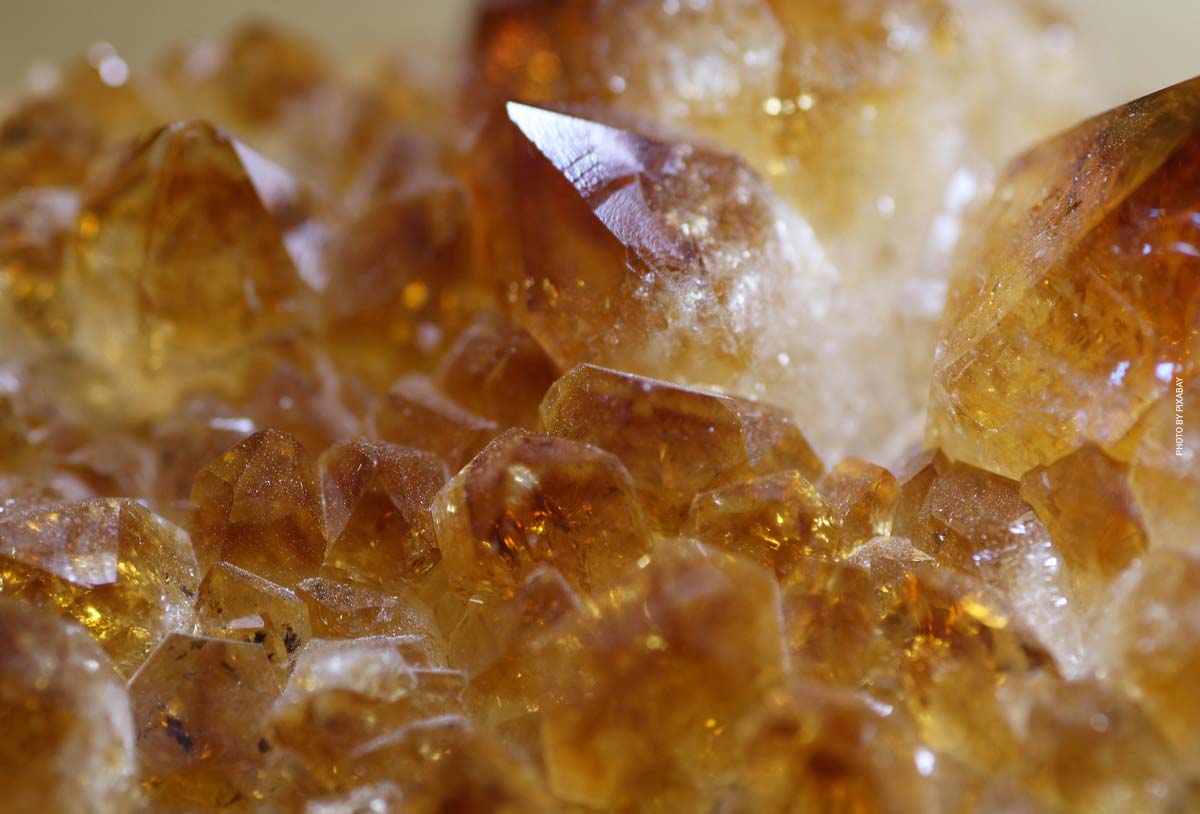
Citrine: how durable is the gemstone?
Citrine has a hardness grade of 7, which makes it a rather soft gemstone. It can be easily scratched if it is bumped or rubbed against other objects. However, citrine has very good toughness, which means that it will not chip or break easily.
If cared for, citrine can last a very long time. While ideal for pendants and earrings, citrine is not the best gemstone for rings or bracelets of daily use, as they are subject to high stress.
- Hardness grade 7
- Scratches easily
- Good toughness
Cleaning and care of citrines
Caring for your citrine is an important thing to read up on, as improper care can cause the stone to become dull and lose value. The best way to clean the stone is to simply use a small soft bristled toothbrush, a small amount of a mild liquid soap and lukewarm water. Gently scrub the stone and the base with the brush and soap and rinse thoroughly.
If you feel that your stone is still dirty or just not shining as vividly as you would like, visit a jewelry store where you can have the stone professionally cleaned. Another good tip to preserve the value of the stone is to keep it separate from your other gemstones.
This will prevent citrine from scratching softer gemstones like pearls or opals and from being scratched by harder gemstones like sapphires or diamonds. When you store citrine, wrap it in a cloth or jewelry box. This will keep it free from dust. Also, keep citrine away from chemicals such as harsh cleaners, bleach, and cosmetics.
- Improper care leads to loss of value
- Jewellery shops clean citrines
- Storage in a cloth or jewellery box
Natural Citrines vs. Burnt Amethysts: Video
This video shows the differences between natural citrines and fired amethysts.
Citrine Jewellery: Chain, Ring & Pendant
The citrine is not only very popular as a healing stone, but is also used as a gemstone. Due to its transparency, the citrine usually receives a faceted cut. As a gemstone it is often used in necklaces, rings and earrings. The citrine is of high quality and looks elegant when worn as jewelry. Especially as an engagement ring or anniversary gift, rings with citrine are often used. Those who have a birthday in November are also happy about jewelry with your birthstone as a lucky charm.
Citrine is popularly used as a gemstone because it has spiritual significance in addition to an extraordinary appearance. It cleanses the chakras, opens intuition and attracts wealth, prosperity and success. The citrine and topaz also form the birthstones of November. When worn on the body, it has an emotionally balancing effect and releases mental, physical and spiritual blockages.
- Often faceted cut
- Chains, rings and earrings
- Engagement Ring, Anniversary Gift, Birthday Gift
- Spiritual meaning
- Birthstone of November
- Has an emotionally balancing effect
